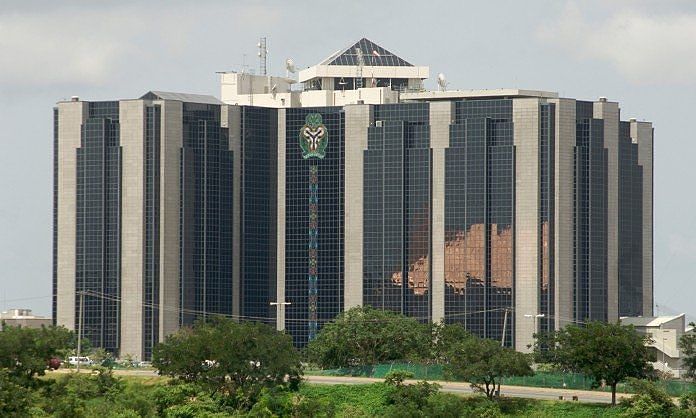The Central Bank of Nigeria (CBN) has revealed that the capital adequacy ratio (CAR) of the banking industry fell to 12 per cent in July 2025, following the withdrawal of regulatory forbearance previously granted to banks.
In its Monthly Economic Report for July, the CBN stated that the industry’s CAR dropped by 1.43 percentage points from the level recorded in June.
According to the apex bank, the decline was primarily due to the expiration of temporary relief measures that had allowed banks to cushion the effects of macroeconomic headwinds on their balance sheets.
The capital adequacy ratio measures a bank’s financial soundness and capacity to absorb shocks by comparing its capital to risk-weighted assets. A higher CAR indicates a stronger ability to withstand potential losses and safeguard depositors’ funds.
Despite the moderation, the CBN emphasized that the industry’s CAR remained above the 10 per cent regulatory minimum, indicating that the banking sector still possesses sufficient resilience to absorb credit and market shocks.
The report also highlighted mixed trends across other key indicators. While the liquidity ratio strengthened further, the non-performing loans (NPL) ratio deteriorated slightly.
“The Nigerian banking sector remained broadly stable during the period, as most key financial soundness indicators were within prudential benchmarks,” the CBN noted.
“The liquidity ratio (LR) rose to 62.86 per cent, well above the 30.00 per cent regulatory minimum, reflecting the sector’s robust short-term solvency and capacity to meet maturing obligations.
“Conversely, the industry’s capital adequacy ratio declined by 1.43 percentage points to 12.00 per cent, largely due to the withdrawal of the Bank’s regulatory forbearance in June 2025. Nonetheless, it remained above the regulatory threshold, underscoring the sector’s sustained ability to absorb credit and market shocks.
“The non-performing loans (NPLs) ratio increased by 2.17 percentage points to 7.80 per cent, above the prudential limit of 5.00 per cent. However, overall asset quality remained broadly stable, supported by enhanced supervisory vigilance and risk-based regulatory interventions that have mitigated potential contagion and preserved systemic stability.”


